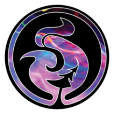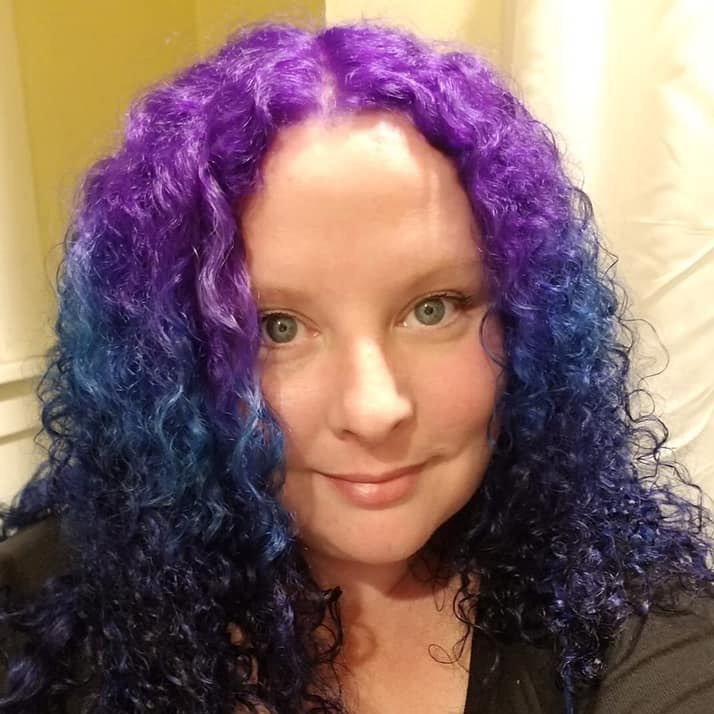The Impact – Oh the places we’ll go.
After defining more of the mission, the Board and the organization had a new sense of direction and renewed motivation to achieve the goals. Members could clearly see areas where they could invest their skills and passions into the community. Twice yearly overnight, out-of-town retreats were held to plan and develop new ideas and projects, streamline current processes and create a close knit and intuitive board. These retreats continue to be an invaluable part of the Ignition Northwest process.
It became very clear that the regional events were a depended upon source of both revenue and community involvement. Ignition Northwest has continued to shepherd and grow these events, using them as both a revenue stream and as the biggest, most visible opportunity for community development. Seacompression has transformed itself from a giant party to a giant portal, serving as the nexus for burners and Seattle at large. The event has hit its stride.
The second annual Northwest event, Critical Massive, a weeklong outdoor camping spectravaganza, has also been through growing pains in the past couple years. Lacking the consistency of location that benefited Seacompression, the 6-year evolution of Critical Massive had been more spontaneous and sporadic. The need to find a new location almost every year consistently proved to be a huge drain on energy and resources, as has the need to develop and manage an equitable and democratic producer selection process. Despite these ongoing challenges, lessons have been learned and changes are being made. The problematic producer selection process has been addressed by the appointment of a production team outside the pool of Usual Suspects whose major goal for the event is the development of community identity. These tasks are now done by the Events Committee. Another ongoing challenge has been art at the event; both art granting and encouraging the creation of more art have been works in progress. The grants given to the community have grown and grown and are now being streamlined to actually get funds into the hands of artists in time for events and planning. Recognition and development of our corps of volunteers has been a knot which we continue to untie. The need to keep experienced volunteers as well as inspiring new ones has led us to revamp our event production structure on all levels. Despite its challenges, Critical Massive has always been a great event, and will only continue to get better.
Part of the mission described in the Strategic Plan is the need to conduct outreach to local organizations with whom Ignition Northwest has commonality. This outreach has had some remarkable successes. Working with Seattle Center, Seattle’s iconic public event and art space built for the 1962 World Fair, Ignition Northwest provided logistical support and acted as a conduit to art and artists for this year’s Winter Fire Festival. The festival, a showcase of fire performers and large-scale fire art, took place in Seattle Center but it might as well have been deep playa for all the burners present, both to enjoy and provide the art. Again, the continued professionalism and dedication of community members resulted in a strong and ongoing relationship with the city.
Another successful collaboration had been Artopia, also known as the Georgetown Neighborhood Street Fair, a neighborhood based exposition of art, games, food, power tool races and performance. Ignition Northwest’s involvement was due in part to the success and evolution of Seacompression. For many years, a consistent complaint regarding Seacompression was the lack of all-ages accessibility. Rather than change the nature of Seacompression from a nighttime party into a daytime gathering, Ignition Northwest sought out a more family friendly event with which to partner. Serendipitously, a community member had become involved in the production of Artopia and Ignition Northwest contacted him to offer support. Working with him, Ignition Northwest provided logistical support, rallied theme camps to set up their Big Art in the heart of this Seattle neighborhood and provided performers and a stage that was the culmination of the festival. Not only did our participation further cement our reputation and relationship with various civic organizations, but also provided an all-ages event for our community and introduced an entire neighborhood to the burner aesthetic. This work continues.
Ignition Northwest was also involved with the Burien/Interim Art Space (B/IAS), a temporary sculpture park and artist’s p-patch in the suburb of Burien. The prime motivators behind B/IAS were an Ignition Northwest board member and his wife who both sit on the Burien Arts Commission. They saw an opportunity to bring relevant art to 3 square city blocks lying undeveloped and fallow. Working with city government and the property owner they were able to transform the space by bringing in large scale, burner style art. The burner community was brought in through numerous volunteer opportunities ranging from construction to performance, as well as the contribution of several large sculpture pieces. Opening night was a true burner party. The light from the large flame reflected off the Staples sign in the strip mall across the street as well as in the faces of the crowd, many of whom had never seen flaming art before. B/IAS continues to develop as a focal point for the whole community.The Seattle community wants to have a little more Black Rock City in the great Northwest, and B/IAS is helping to achieve that.
From its inception in small conversations, to democratic elections, to the development of policies and programs, Ignition Northwest has consistently worked to create a distinct and effective local community based on the tenets and paradigms of Burning Man. Whether through events, public art or community development, the application of radical self-reliance and expression has resulted in a continually close knit and energized community with a rapidly growing reputation for professionalism, responsibility and generally bringing it big. Ignition Northwest experimented with several kinds of structures as they grew, and have firmly determined that it must always be community-led, volunteer driven, and responsible to the community it serves. Over time, as the organization grows, hiring people to help these volunteers accomplish the goals of Ignition Northwest will be explored, and will always be a transparent community process.
Challenges remain: communication, diversity, identity and execution are aspects of community-based organizations that do not, nor should they, produce neatly tied solutions. It is in the nature of our community and thereby our organization, to remain flexible, fluid and open. The policies and tenets that have been created through Ignition Northwest’s history aspire to maintain this level of dynamism. By listening and leading, Ignition Northwest continues to inspire and empower the Seattle Burning Man community and the greater community at large to explore the possibilities of an active, mindful and exuberant civic life.
Contact us at board@ignitionnw.org.

































